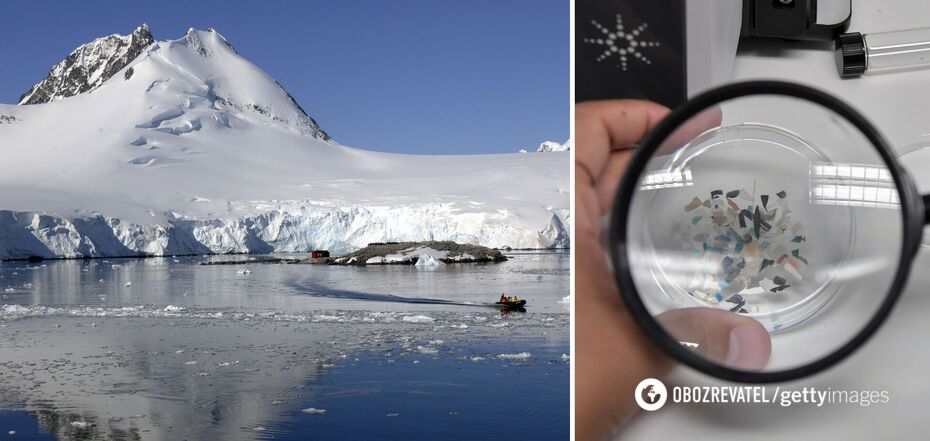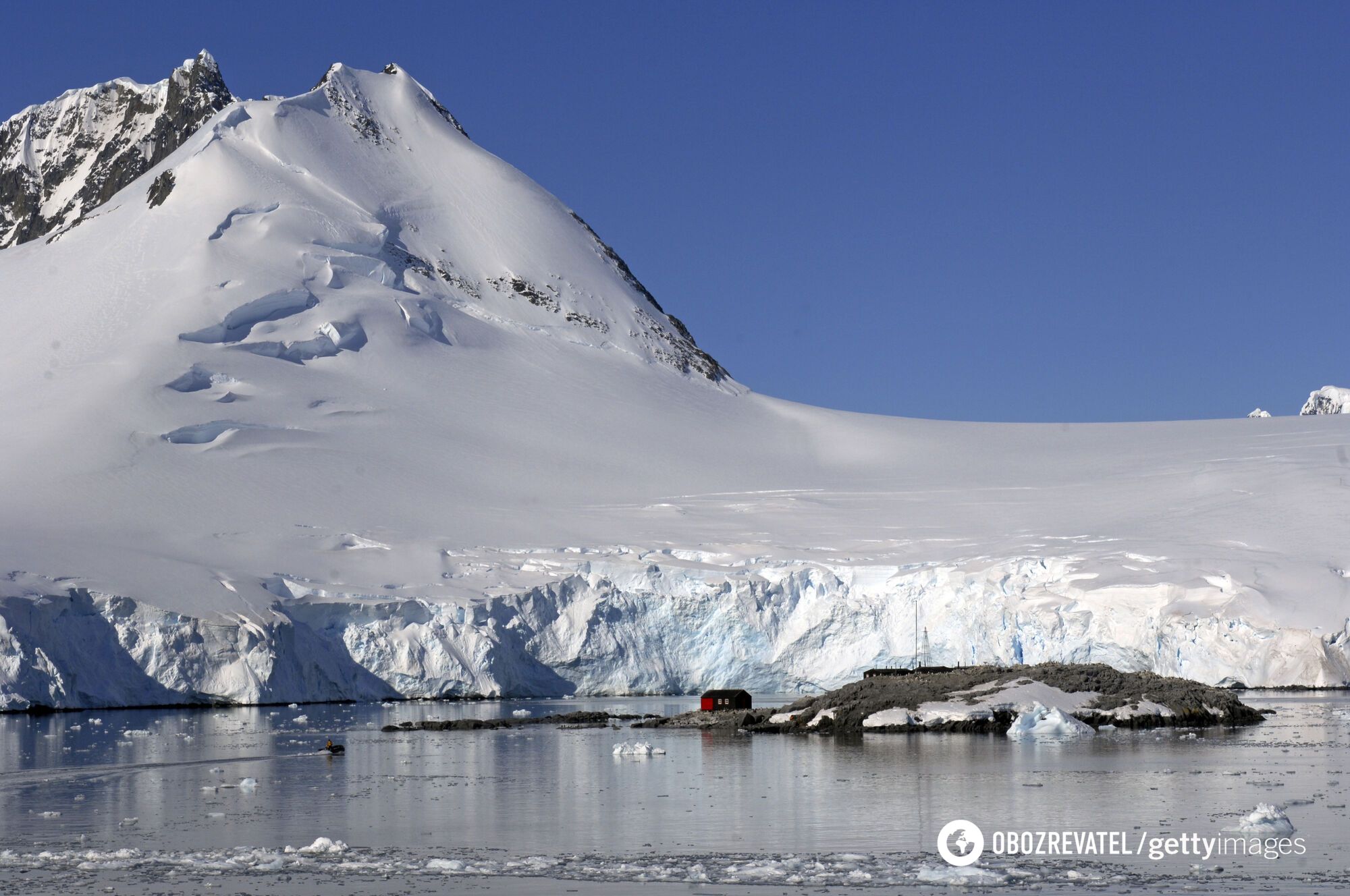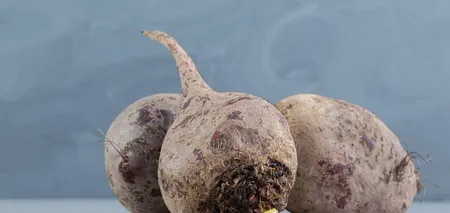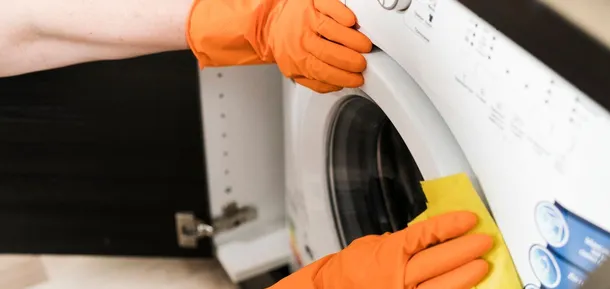News
For the first time in history. Scientists find microplastics in the most remote regions of Antarctica
Researchers from the British Antarctic Survey (BAS) have discovered microplastics in the snow near some of Antarctica's deep sea camps. This is the first time tiny pieces of plastic have been found in such remote locations.
Initial analysis suggests that the microplastics come from local sources. According to MailOnline, BAS oceanographer Clara Manno stated that it may have originated from outerwear, ropes, and flags used to mark safe routes in and around the camp.
Unfortunately, the consequences of using microplastics in this frozen desert remain unclear.
According to study co-author Dr. Kirstie Jones-Williams, despite strict regulations on materials entering Antarctica, microplastic pollution is present even in remote and strictly controlled areas. "This highlights the ubiquitous nature of plastic pollution, demonstrating that there is no place on Earth that is truly untouched," she says.
During the study, the researchers analyzed samples collected from three field camps on Union Glacier and Schanz Glacier, two remote areas at the South Pole. They used a new technique that involves melting snow through filter paper and scanning it with higher resolution. This analysis revealed microplastics in concentrations ranging from 73 to 3099 particles per liter of snow. The vast majority (95 percent) of the particles were less than 50 micrometers in size, the size of most cells in the human body.
According to the scientists, this suggests that previous studies may have underestimated the true extent of microplastic pollution in the Antarctic due to less sensitive detection methods.
"With these technologies, we can now analyze much smaller microplastics than before. In fact, we've already found that the microplastic content of these snow samples is 100 times higher than in previous studies of Antarctic snow samples," explains Dr. Emily Rowlands, co-author of the study.
Across all three sites, researchers identified several common types of plastic, including polyamide (used in textiles), polyethylene terephthalate (found in bottles and packaging), polyethylene, and synthetic rubber. Although scientists believe that microplastics come from local sources, they admit that more research is needed to confirm this theory.
Only verified information is available on our Telegram channel OBOZ.UA and Viber. Do not fall for fakes!





























